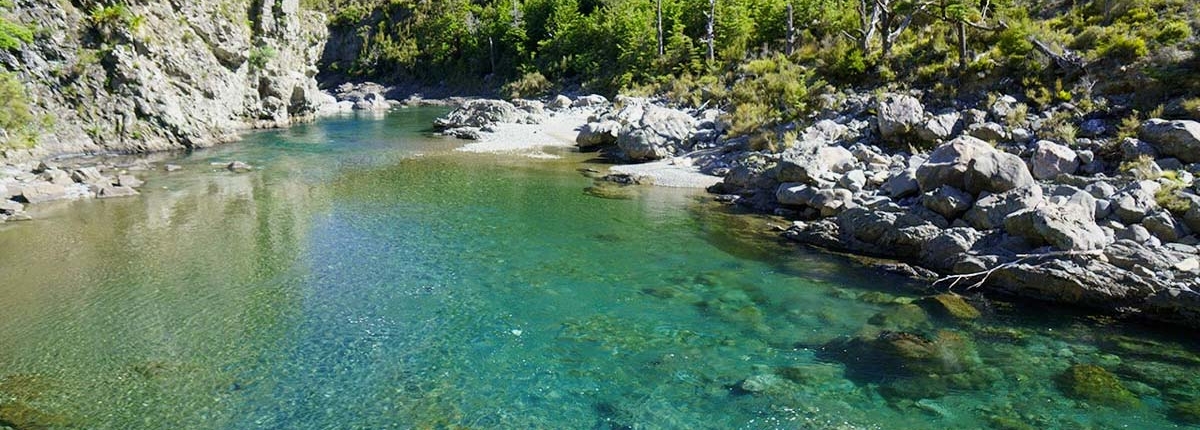Government’s proposal to clean up waterways
Water quality is no new issue in Aotearoa New Zealand, but it is a growing one. On 31 October 2019, the government closed submissions on the Action Plan for Healthy Waterways. The Plan has since been referred to an independent advisory panel that will consider the public’s submissions and report back to the government. The panel consists of five members with expertise in a range of areas including dairy farming, environmental law, hydrology and water management.
Introducing the Plan, Environment Minister, David Parker spoke of the loss of New Zealand’s once-swimmable rivers and lakes. Damien O’Connor, Minister of Agriculture and for Rural Communities, commended the effort made by farmers to date:
“Farmers have done a huge amount of work to improve their practices over the last 20 years and some are leading the way in restoring our pristine waterways. But more work needs to be done. The knowledge and skills of those exemplar farmers need to be shared with others. This will give us the quality water that farmers, city dwellers and future generations want and deserve.”
Government’s six major goals
The government’s proposal introduced six major goals to:
- Speed up the implementation of freshwater regulations through amendments to the Resource Management Act 1991, including more nationally-consistent freshwater management plans.
- Set and clarify policy direction in order to bring freshwater back to a healthy state within a generation using a new National Policy Statement for Freshwater Management (NPS-FM). This would give effect to Te Mana o te Wai, strengthening water health from the mountains to the sea and prioritising essential human needs such as drinking water.
- Improve freshwater ecosystem health by introducing new requirements in the NPS-FM to protect threatened species and habitats via better monitoring and reporting. This includes indicators of ecosystem health such as nutrients, sediment, numbers of aquatic animal and plant species, river ecosystem metabolism and dissolved oxygen. There would be no more draining of wetlands.
- Support the delivery of safe drinking water through amending the National Environmental Standard for Sources of Human Drinking Water to ensure supplies of drinking water are not contaminated.
- Better manage stormwater and wastewater, and improve freshwater health through new regulations and, potentially, new legislation.
- Improve farming practices, where needed, to stop things getting worse and to improve freshwater health through new regulations and National Environment Standards for Freshwater. This would include restricting land intensification, excluding cattle, deer and pigs from waterways on low-slope land and applying standards on intensive land uses.
Concerns about the proposals
There are concerns from the agriculture sector that some of these measures will have unintended consequences. Potato farmers, for example, are concerned that the current suggestions would affect their access to new fields for crop rotation. Lack of rotation could cause soil-borne diseases to build up and wreak havoc on the potato industry. However, Damien O’Connor has stated that there is no planned ban on intensification, as long as it is conducted in a way which has no adverse impact on the wider environment.
Federated Farmers has lodged a 184-page submission on the Action Plan for Healthy Waterways, it is worried that blanket rules across the country might impact farmers’ ability to adapt to the market. In some regions, it could even become uneconomic to continue farming particular crops and stock.
Positive response
Irrigation New Zealand (INZ) welcomed the proposal and is preparing to work with the government, and with sector stakeholders, to ensure its goals and timelines are fair and achievable. INZ’s media release on the topic stated:
“The Government’s freshwater proposals do not apportion blame for waterway degradation solely on the primary sector – but rather is an all-encompassing solution which includes direction for urban development as well as rural land and water.
This will put a stop to ‘finger pointing’ and is a step toward New Zealand taking a strategic and holistic approach to managing this precious resource for the benefit of all.”
Looking ahead
In the meantime, farmers currently in the process of installing riparian fencing may wish to ensure they meet the anticipated requirements, lest they have to tear it up and start again. The Ministry for the Environment’s website has published the full plan, including variations in requirements for land types and intensity of use. The aim is that, wherever possible, waterways more than one metre wide will have a five metre setback between the fence and the waterway.
If these proposed changes are implemented, there will be a great deal of effort involved for farmers. However, it won’t be for no reward – riparian fencing, stock exclusion and associated water reticulation are all projected to improve stock health, lessen stock losses and increase productivity. Similarly, riparian planting and restoration projects can decrease the risk of landslides and property destruction during extreme weather events. Stronger environmental credentials may even translate directly to popularity in international markets.
Which of the government’s proposals will be implemented, and to what extent, still remains to be seen once the independent advisory panel returns a recommendation – perhaps in the next few weeks, followed by impact analyses. Until then, we wait to find out whether we’ll have smooth sailing, or whether our farmers will be left in dire straits.

